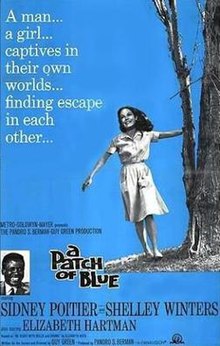
Sidney Poitier was a Bahamian and American actor, film director, and diplomat. In 1964, he was the first Black actor and first Bahamian to win the Academy Award for Best Actor. He received two competitive Golden Globe Awards, a BAFTA Award, and a Grammy Award as well as nominations for two Emmy Awards and a Tony Award. In 1999, he was ranked among the "American Film Institute's 100 Stars". Poitier was one of the last surviving stars from the Golden Age of Hollywood cinema.
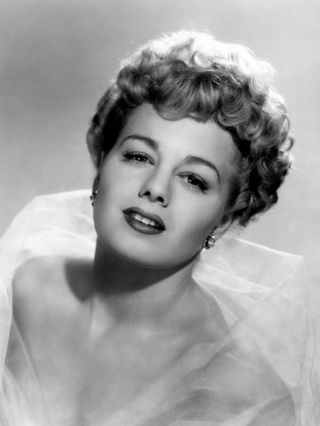
Shelley Winters was an American film actress whose career spanned seven decades. She won Academy Awards for The Diary of Anne Frank (1959) and A Patch of Blue (1965), and received nominations for A Place in the Sun (1951) and The Poseidon Adventure (1972). She also appeared in A Double Life (1947), The Night of the Hunter (1955), Lolita (1962), Alfie (1966), Next Stop, Greenwich Village (1976), and Pete's Dragon (1977). In addition to film, Winters appeared in television, including a tenure on the sitcom Roseanne, and wrote three autobiographical books.
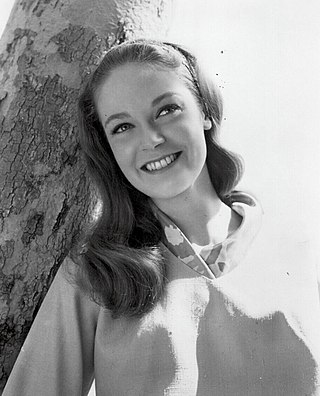
Mary Elizabeth Hartman was an American actress of the stage and screen. She debuted in the popular 1965 film A Patch of Blue, playing a blind girl named Selina D'Arcy, opposite Sidney Poitier, a role for which she was nominated for an Academy Award for Best Actress and a Golden Globe Award for Best Actress, and won the Golden Globe Award for New Star of the Year.
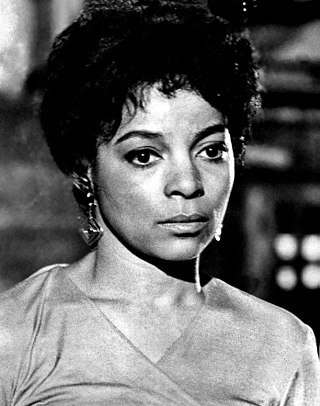
Ruby Dee was an American actress, poet, playwright, screenwriter, journalist, and civil rights activist. Dee was married to Ossie Davis, with whom she frequently performed until his death in 2005. She received numerous accolades including two Emmy Awards, a Grammy Award, a Obie Award and a Drama Desk Award as well as nominations for an Academy Award. She was honored with the National Medal of Arts in 1995, the Screen Actors Guild Life Achievement Award in 2000, and the Kennedy Center Honors in 2004.

A Raisin in the Sun is a 1961 American drama film directed by Daniel Petrie, and starring Sidney Poitier, Ruby Dee, Claudia McNeil, Diana Sands, Roy Glenn, and Louis Gossett Jr., and based on the 1959 play of the same name by Lorraine Hansberry. It follows a black family that wants a better life away from the city. A Raisin in the Sun was released by Columbia Pictures on May 29, 1961.

The Blue Gardenia is a 1953 American film noir starring Anne Baxter, Richard Conte, and Ann Sothern. Directed by Fritz Lang from a screenplay by Charles Hoffman, it is based on the novella The Gardenia by Vera Caspary.

In Her Shoes is a 2005 American romantic comedy-drama film directed by Curtis Hanson and written by Susannah Grant, based on the 2002 novel of the same name by Jennifer Weiner. It stars Cameron Diaz, Toni Collette, and Shirley MacLaine. The film focuses on the relationship between two sisters and their grandmother.
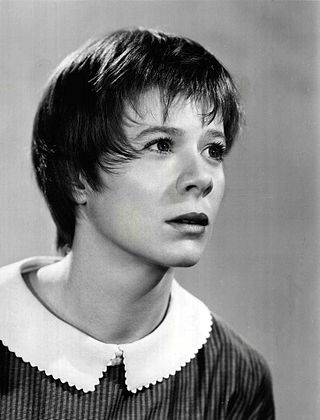
Collin Randall Wilcox was an American film, stage and television actress. Over her career, she was also credited as Collin Wilcox-Horne or Collin Wilcox-Paxton. Wilcox may be best known for her role in To Kill a Mockingbird (1962), in which she played Mayella Violet Ewell, whose father falsely claimed she had been raped by a black man, which sparks the trial at the center of the film.
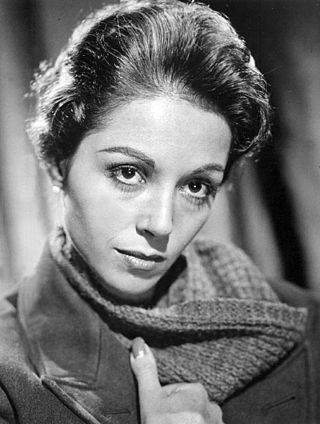
Dana Wynter was a German-born British actress, who was raised in the United Kingdom and southern Africa. She appeared in film and television for more than 40 years, beginning in the 1950s. Her best-known film performance was in Invasion of the Body Snatchers (1956). A tall, dark, elegant beauty, she played both victim and villain. Her characters both in film and on television sometimes faced horrific dangers, which they often did not survive, but she also played scheming, manipulative women on television mysteries and crime procedural dramas.
Joanna Marie Shimkus is a Canadian film actress. She is the widow of actor Sidney Poitier and mother of actress Sydney Tamiia Poitier.
The 23rd Golden Globe Awards, honoring the best in film and television for 1965, were held on 28 February 1966.
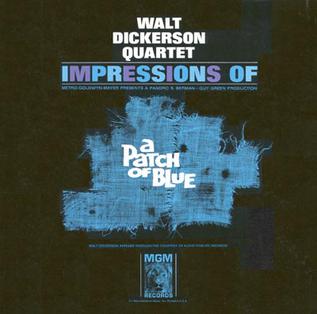
Impressions of a Patch of Blue is a 1966 album by vibraphonist Walt Dickerson with keyboardist Sun Ra in a rare appearance as a sideman. It is based on themes from Jerry Goldsmith's score for the film A Patch of Blue (1965) starring Sidney Poitier. Sun Ra plays the harpsichord, an instrument rarely used in a jazz setting. It is the last album Dickerson recorded before his decade long sabbatical from jazz before his comeback in the mid-1970s.

All About Steve is a 2009 American romantic comedy directed by Phil Traill and starring Sandra Bullock, Thomas Haden Church, and Bradley Cooper as the eponymous Steve. The film is the winner of two Golden Raspberry Awards and has a 6% approval rating at Rotten Tomatoes.
Tempany Deckert is an Australian actress and author, who now resides in Los Angeles, California, United States. She is perhaps best known for her role as Selina Cook on popular soap opera Home and Away from 1994 to 1997, and briefly in 1998.
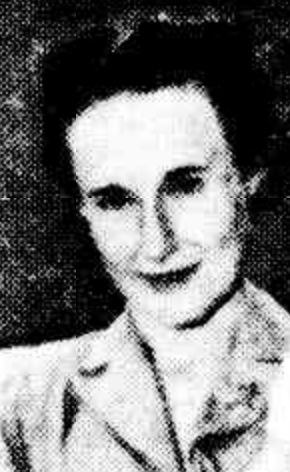
Elizabeth Colina Katayama was an Australian writer known by the pseudonym Elizabeth Kata, best known for Be Ready with Bells and Drums (1961), made into the award-winning film A Patch of Blue (1965).

She and He is a 1963 Japanese drama film directed by Susumu Hani. It was entered into the 14th Berlin International Film Festival where Sachiko Hidari won the Silver Bear for Best Actress award.

A Raisin in the Sun is a play by Lorraine Hansberry that debuted on Broadway in 1959. The title comes from the poem "Harlem" by Langston Hughes. The story tells of a black family's experiences in south Chicago, as they attempt to improve their financial circumstances with an insurance payout following the death of the father, and deals with matters of housing discrimination, racism, and assimilation. The New York Drama Critics' Circle named it the best play of 1959, and in recent years publications such as The Independent and Time Out have listed it among the best plays ever written.

Frances Ha is a 2012 American black-and-white comedy-drama film directed by Noah Baumbach. It is written by Baumbach and Greta Gerwig, who also stars as Frances Halladay, a struggling 27-year-old dancer. The film premiered at the Telluride Film Festival on September 1, 2012, and was given a limited theatrical release in the United States on May 17, 2013, by IFC Films.
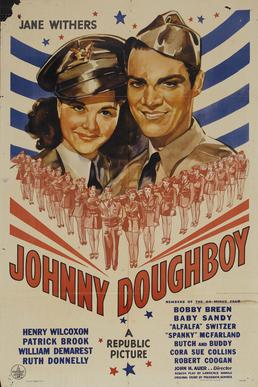
Johnny Doughboy is a 1942 American black-and-white musical comedy film directed by John H. Auer for Republic Pictures. It stars Jane Withers in a dual role as a 16-year-old actress who is sick of playing juvenile roles, and her lookalike fan who is persuaded by a group of "has-been" child stars to perform with them in a U.S. troop show. The film features cameos by ex-child stars Bobby Breen, Carl "Alfalfa" Switzer, George "Spanky" McFarland, Baby Sandy, and others. It received an Academy Award nomination for Best Musical Score.
Catwoman is a fictional character first appearing in issue 1 of the Batman comic book. After her debut she would appear in many forms of media including live-action and animated film, radio, live-action and animated television, records, video games, web series, live performance, and podcasts. The character has made live-action appearances in the Batman television series (1966–68), its film adaptation Batman (1966), Batman Returns (1992), Catwoman (2004),The Dark Knight Rises (2012), Gotham (2014–19), and The Batman (2022). The character has also appeared in numerous animated television series and movies, most notably Batman: The Animated Series (1992–95) and The Lego Batman Movie (2017), as well as video games such as the Batman: Arkham series.
